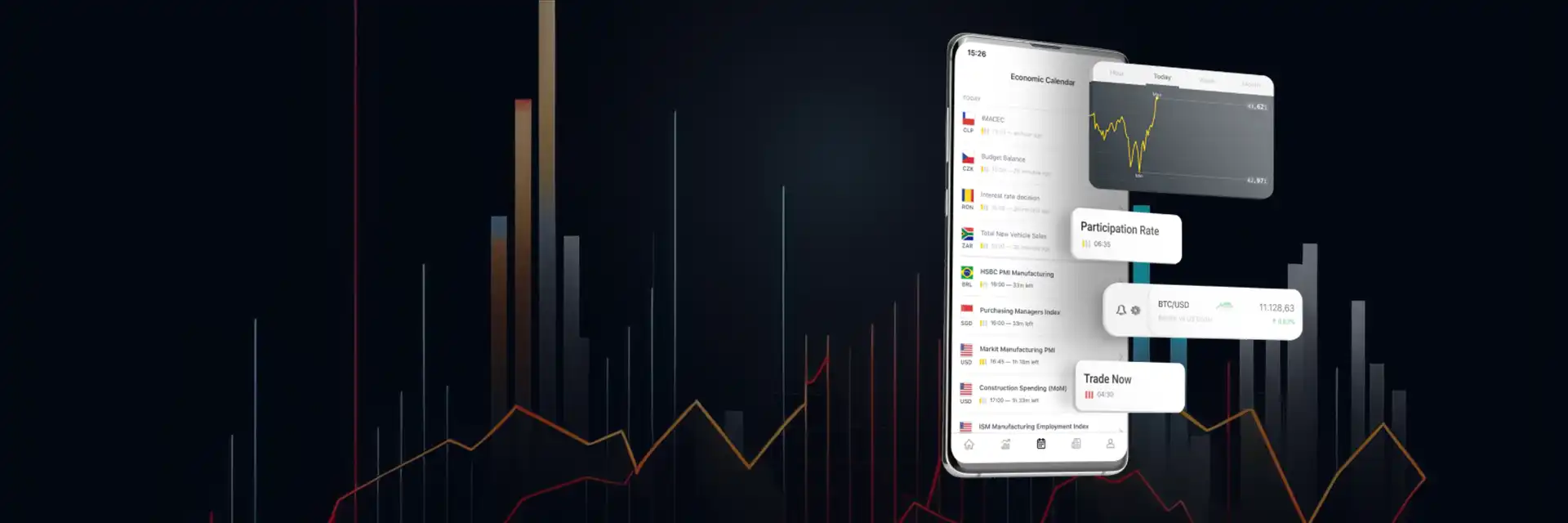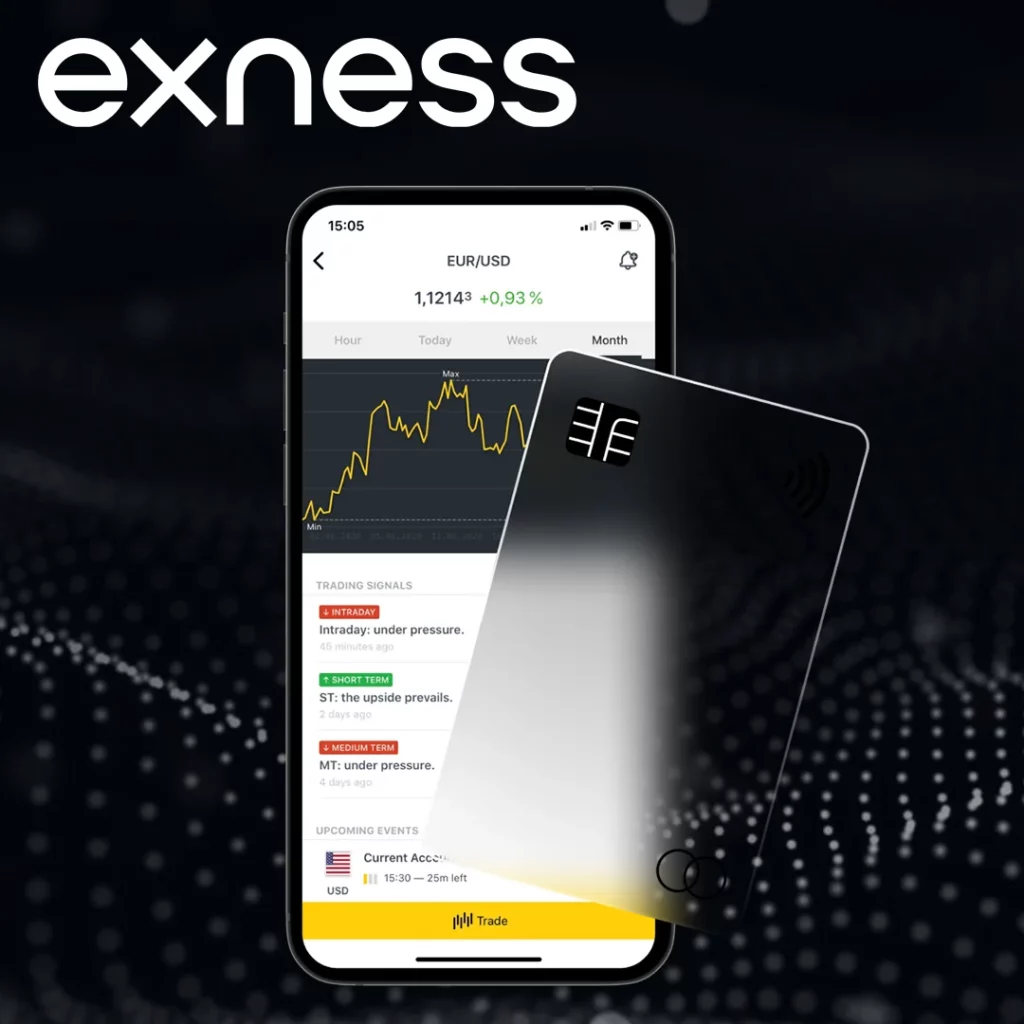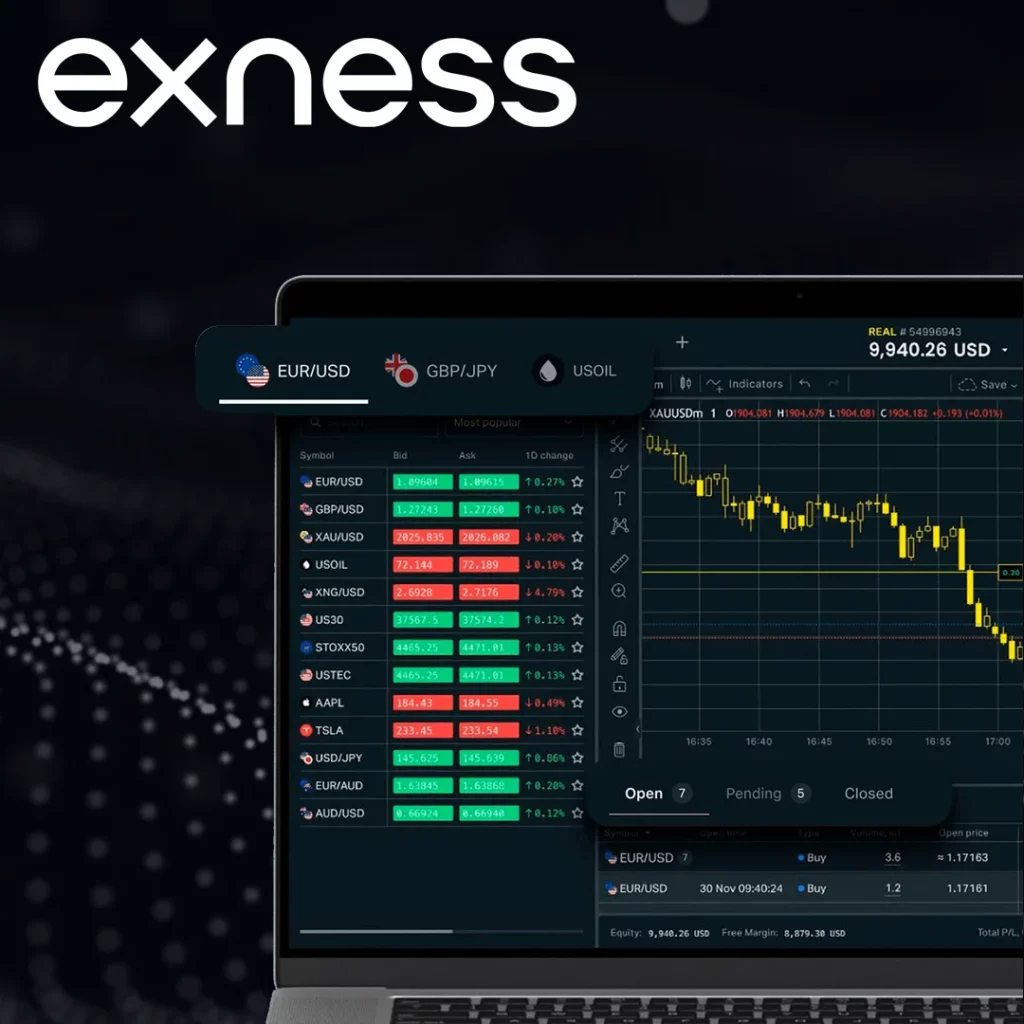
Exness Leverage
Leverage on Exness allows traders to control larger positions in the market with a smaller amount of capital. Exness offers flexible leverage options, ranging from 1:2 to unlimited, depending on the account type and trading instrument. The terms of use for leverage vary, with higher leverage increasing both potential profits and risks. While high leverage can amplify returns, it also increases exposure to market volatility and potential losses. Regulatory bodies like the FCA and CySEC impose restrictions on leverage, especially for retail traders, to promote responsible trading. Proper risk management is essential when using leverage to minimize risks.
Table of Contents
Types of Leverage on Exness
Exness offers a range of leverage options to accommodate different trading styles and account types. The available leverage can vary depending on the instrument being traded and the trader’s location. Here are the main types of leverage available on Exness:
- Fixed Leverage:
- Some instruments, like certain commodities or cryptocurrencies, come with fixed leverage. This means the leverage is predefined and cannot be changed by the trader.
- Floating Leverage:
- Most forex pairs and other instruments offer floating leverage, which adjusts based on the trader’s account equity and trading volume. For example, the more equity a trader has, the lower the leverage available to manage risk.
- Unlimited Leverage:
- Exness provides unlimited leverage on specific account types and instruments, allowing traders to open positions with extremely high leverage ratios. This option is available to experienced traders and comes with higher risk.
- Leverage Based on Account Type:
- Leverage also depends on the account type. For instance, Standard and Pro accounts offer flexible leverage, while certain account types, like Raw Spread, may have slightly different leverage conditions.
Terms of Use for Leverage on Exness
Leverage on Exness allows traders to open larger positions with a smaller amount of capital, but the terms of use vary depending on several factors, including the account type, trading instrument, and regulatory region. Here are the key terms of use for leverage on Exness:
- Leverage Flexibility: Exness offers flexible leverage options, allowing traders to adjust their leverage settings according to their preferences.
- Equity-Based Leverage: Leverage may change based on the equity in your account. As your account balance grows, Exness automatically reduces the maximum leverage available to mitigate risks.
- Leverage Caps for Retail Traders: Due to regulatory guidelines, traders from certain regions, such as those governed by the European Securities and Markets Authority (ESMA) or the Financial Conduct Authority (FCA), may face maximum leverage caps (e.g., 1:30 for forex pairs).
- Instrument-Specific Leverage: Different trading instruments have varying leverage limits. Major forex pairs typically offer higher leverage, while more volatile instruments like cryptocurrencies, stocks, and certain commodities may have lower leverage ratios.
- Leverage Adjustments During Volatility: During periods of extreme market volatility or major economic events, Exness may temporarily reduce the maximum leverage available on certain instruments to protect traders from heightened risks.

Risks of High Leverage on Exness
High leverage on Exness allows traders to control large positions with a small amount of capital, but it also significantly increases the risk of substantial losses. Even minor market fluctuations can result in large losses when using high leverage, as the potential downside is magnified just as much as the potential upside. This can lead to rapid depletion of account equity, triggering margin calls or forced liquidations. Additionally, the psychological pressure of managing large positions can cause traders to make impulsive decisions.
Regulatory Restrictions on Leverage in Exness
Leverage is regulated by various financial authorities to protect traders, particularly retail investors, from the risks associated with high leverage. Exness complies with these regulations by adjusting leverage limits according to the jurisdiction and the type of client (retail or professional). Here are the main regulatory restrictions on leverage:

- European Securities and Markets Authority (ESMA):
- For traders in the European Economic Area (EEA), leverage is capped at 1:30 for major forex pairs, 1:20 for non-major forex pairs and major indices, and 1:2 for cryptocurrencies. These limits are set to protect retail traders from excessive risk.
- Financial Conduct Authority (FCA):
- The FCA, which regulates Exness in the UK, enforces similar leverage caps for retail traders, with limits of 1:30 for major forex pairs. Professional traders may access higher leverage, but they must meet specific criteria to qualify for this status.
- Cyprus Securities and Exchange Commission (CySEC):
- Under CySEC regulation, Exness also limits leverage for retail traders in line with ESMA guidelines, capping leverage at 1:30 for major currency pairs and lowering leverage for riskier assets such as cryptocurrencies.
- Global Regulatory Restrictions:
- In other regions, such as Australia and South Africa, leverage restrictions may vary. For instance, the Australian Securities and Investments Commission (ASIC) caps leverage for retail clients at 1:30 for forex pairs.
- Unlimited Leverage in Some Jurisdictions:
- For non-EU, non-UK, or non-Australian clients trading under Exness’ international entities (e.g., FSA Seychelles), there are fewer restrictions, and unlimited leverage is available. However, this comes with high risk and is recommended for experienced traders only.
Risk Management When Using Leverage on Exness
Risk management is crucial when using leverage on Exness, as it helps protect your capital from the amplified risks that leverage introduces. One of the most effective strategies is to always use stop-loss orders, which automatically close positions if the market moves against you, limiting potential losses. It’s also important to monitor your margin levels closely to avoid margin calls or forced liquidation of positions. Keeping leverage low, especially if you’re a beginner, and adjusting position sizes based on your risk tolerance are essential practices.
Examples of Leverage Calculations on Exness
Understanding how leverage works through real-world examples can help traders make informed decisions about their trades.
Here’s a table that summarizes different leverage examples and the resulting effects on profit, loss, and margin requirements:
| Scenario | Account Balance | Leverage | Trade Size | Pip Movement | Pip Value | Profit/Loss Calculation | Result |
| Leverage without Stop-Loss (Profit) | $1,000 | 1:100 | 1 standard lot (100,000 units) | +50 pips | $10 per pip | 50 pips x $10 = $500 | Profit of $500 (50%) |
| Leverage without Stop-Loss (Loss) | $1,000 | 1:100 | 1 standard lot (100,000 units) | -50 pips | $10 per pip | 50 pips x $10 = -$500 | Loss of $500 (50%) |
| Leverage with Stop-Loss (Profit) | $5,000 | 1:50 | 0.5 standard lots (50,000 units) | +40 pips | $5 per pip | 40 pips x $5 = $200 | Profit of $200 (4%) |
Selection Recommendations for Leverage on Exness
When selecting leverage on Exness, it’s essential to consider your trading experience, strategy, and risk tolerance. For beginners, it’s recommended to start with lower leverage, such as 1:10 or 1:50, to minimize risk while gaining familiarity with market movements and risk management tools. Intermediate traders may choose leverage of 1:50 to 1:100 to take advantage of higher potential returns while maintaining controlled risk. Experienced traders or those using short-term strategies like scalping can consider higher leverage, up to 1:200 or more, but only if they have solid risk management practices in place. Long-term traders generally opt for lower leverage, as their trades are exposed to more market volatility over time.
